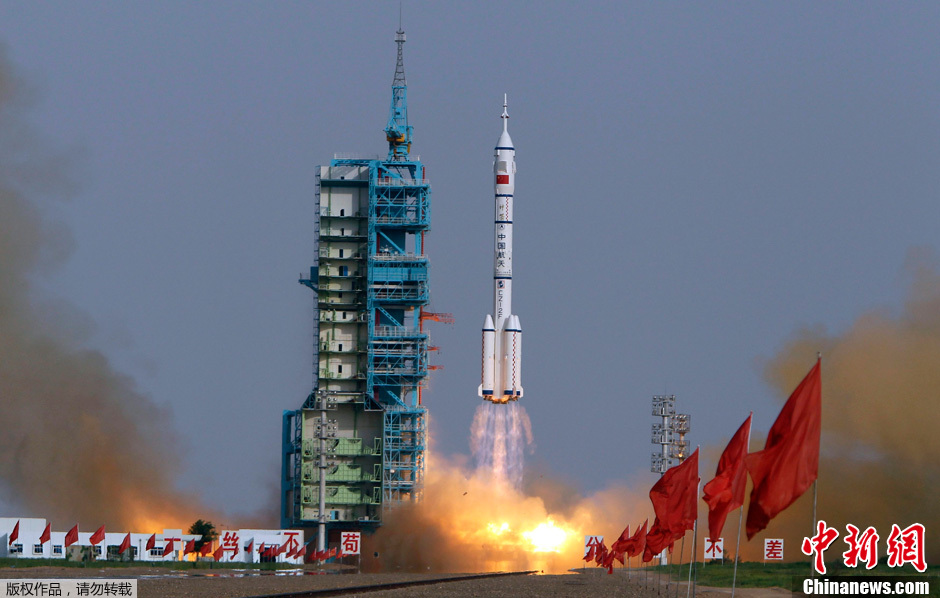
The Long March 2F rocket carrying the manned spacecraft Shenzhou IX blasts off from the launch pad at the Jiuquan Satellite Launch Center in Northwest China’s Gansu Province on June 16, 2012.
Shenzhou IX , atop an upgraded Long March 2F carrier rocket, blast off from the Jiuquan Satellite Launch Center in northwestern China at 6:37 pm Saturday.
A see-off ceremony was held at the center hours before the launch. Wu Bangguo, the country’s top legislator, attended the ceremony and extended wishes to the three astronauts.
“The country and the people are looking forward to your successful return,” he said.
Related readings:
China launches spaceship with first female astronaut Special coverage
The first Chinese woman in space Liu Yang, 33, is joined by commanding officer Jing Haipeng and Liu Wang, who has been selected as an astronaut trainee since January 1998.
Main tasks of the Shenzhou IX mission include the manual docking procedure conducted between the Shenzhou IX and the orbiting space lab module Tiangong-1.
China succeeded in the automated rendezvous and docking between unmanned Shenzhou-8 spacecraft and Tiangong-1 last year.
A successful manual docking will demonstrate a grasp of essential space rendezvous and docking know-how, a big step in the country’s manned space program to build a space station around 2020.
Liu, a People’s Liberation Army (PLA) major, was a PLA Air Force pilot with 1,680 hours of flying experience and deputy head of a military flight unit before being recruited as an astronaut candidate in May 2010.
After two years of training, which shored up her astronautic skills and adaptability to space environment, Liu excelled in testing and was selected in March this year as a candidate for the Shenzhou IX manned space mission.
“Female astronauts generally have better durability, psychological stability and ability to deal with loneliness,” Wu Ping, spokeswoman for China’s manned space program, said.
More than 50 female astronauts from seven countries have gone into space to date. The longest space flight by female astronauts lasted 188 days.



中国军网记者频道(解放军报记者张晓祺)记者获释,神舟九号飞船飞行乘组由3名航天员组成,计划在轨飞行13天,其中,组合体飞行10天。期间,先后与天宫一号目标飞行器进行两次交会对接,第一次为自动交会对接,第二次由航天员手动控制完成。
[img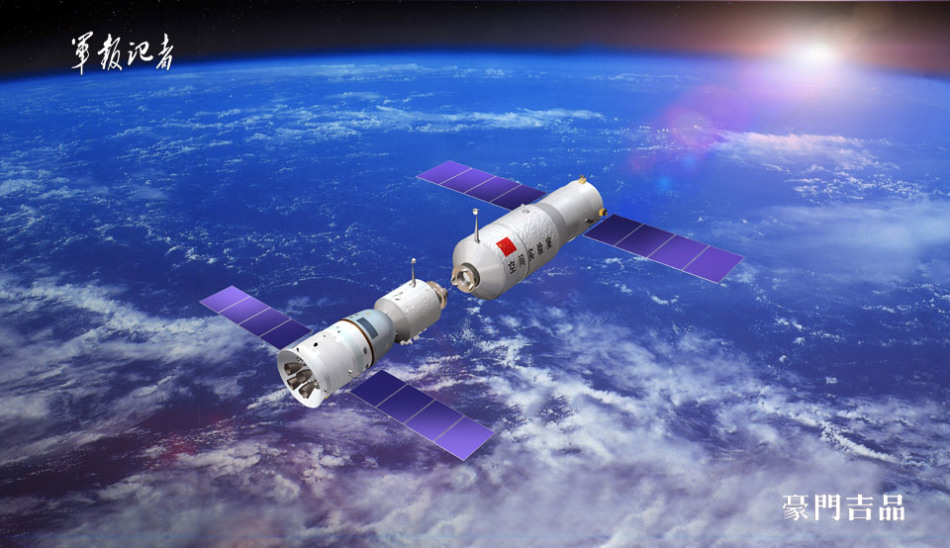 [/img]
[/img]
[img [/img]
[/img]
[img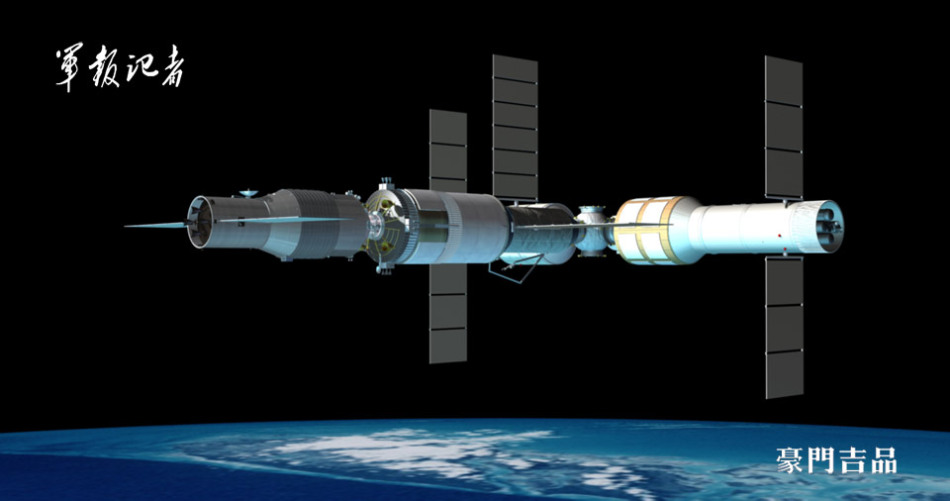 [/img]
[/img]
[img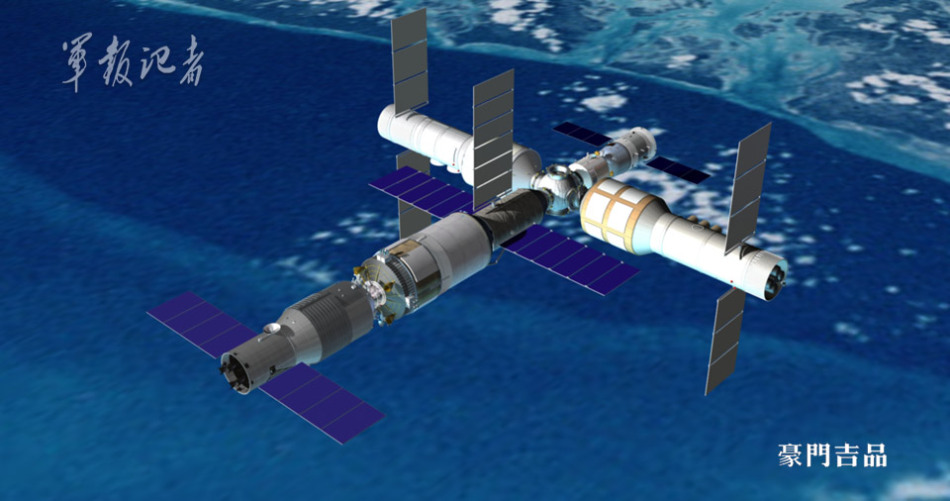 [/img]
[/img]
[img [/img]
[/img]
[img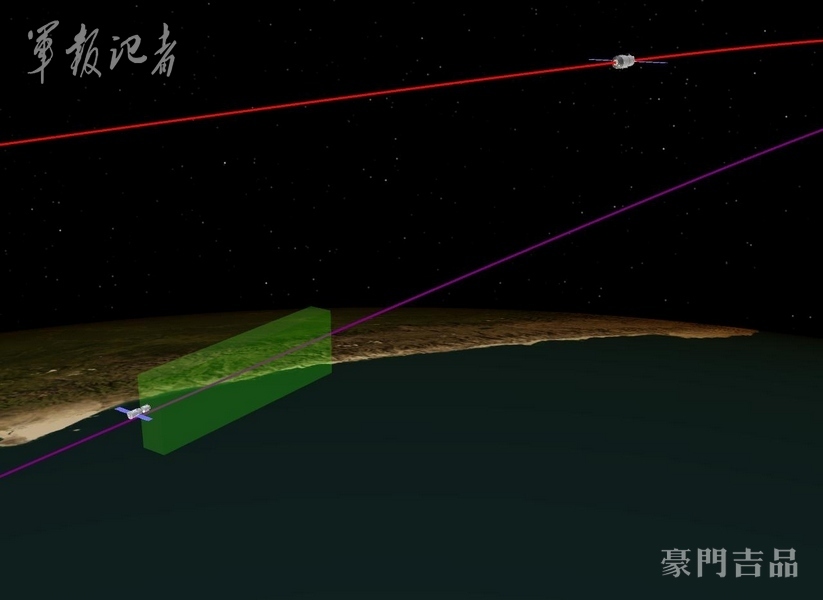 [/img]
[/img]
[img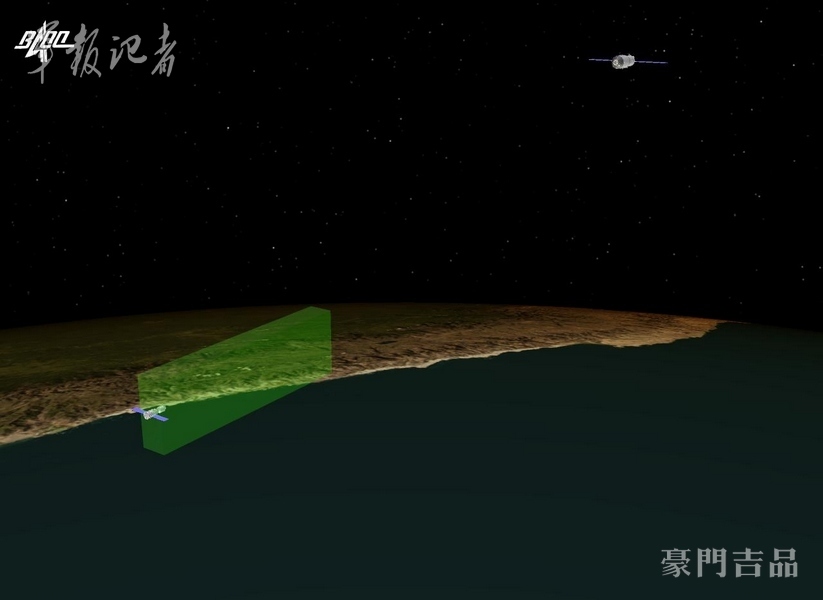 [/img]
[/img]
[img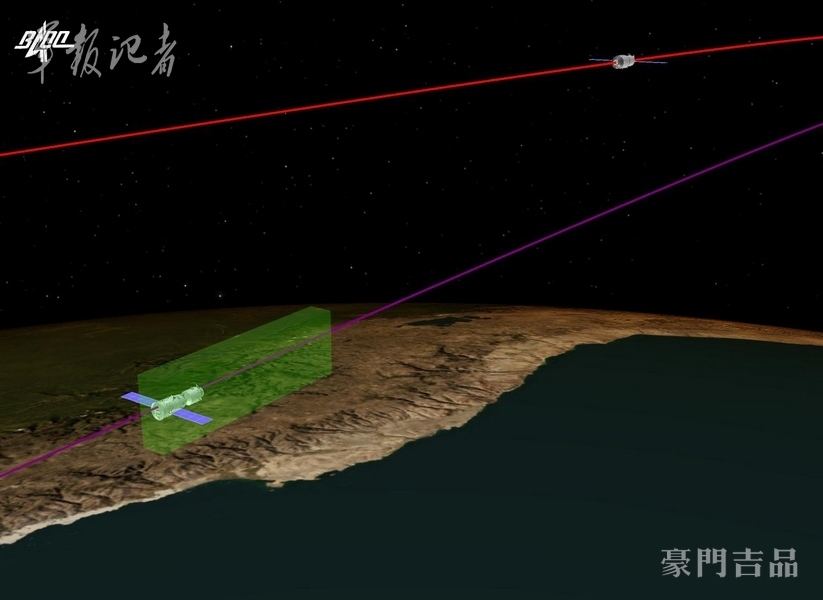 [/img]
[/img]
[img [/img]
[/img]
[img [/img]
[/img]
[img [/img]
[/img]
[img [/img]
[/img]
[img [/img]
[/img]
[img [/img]
[/img]
[img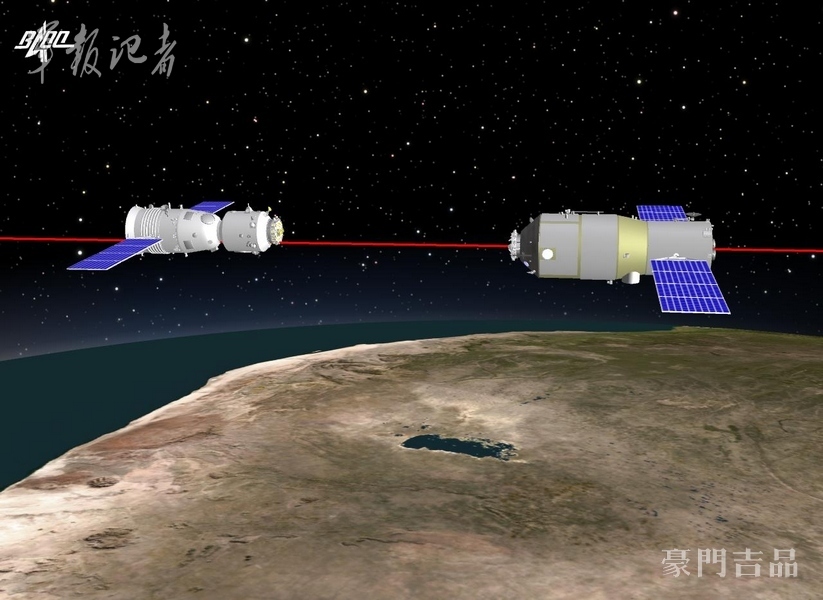 [/img]
[/img]
[img [/img]
[/img]
[img [/img]
[/img]
[img [/img]
[/img]
[img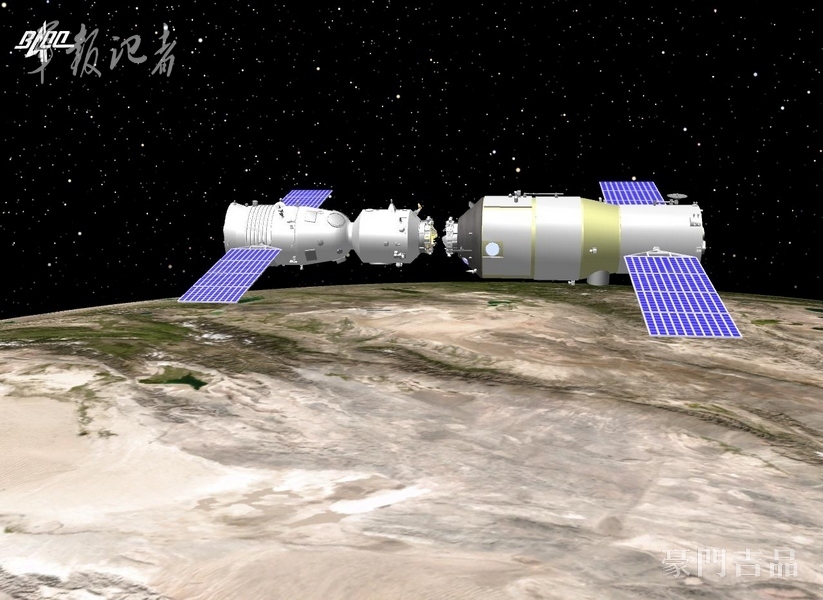 [/img]
[/img]
[img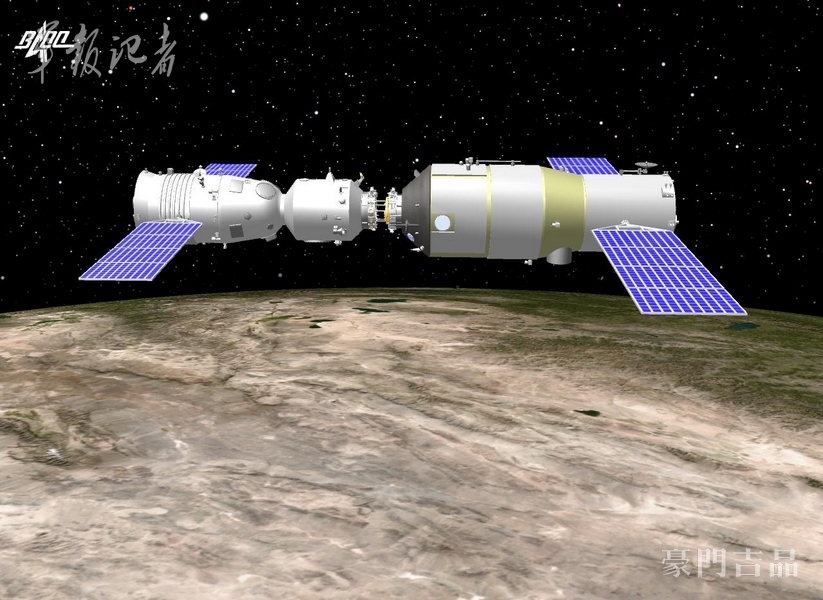 [/img]
[/img]
[img [/img]
[/img]
[img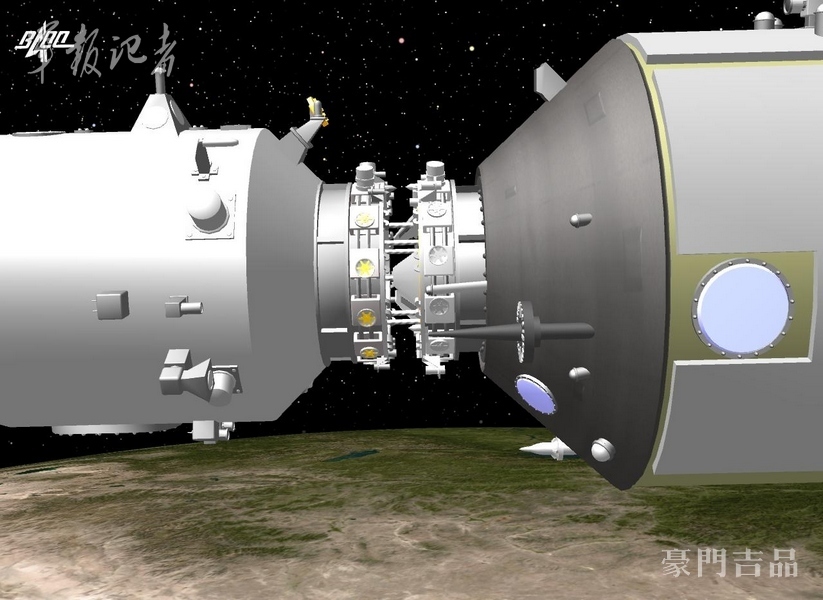 [/img]
[/img]
[img [/img]
[/img]
[img [/img]
[/img]
[img [/img]
[/img]
[img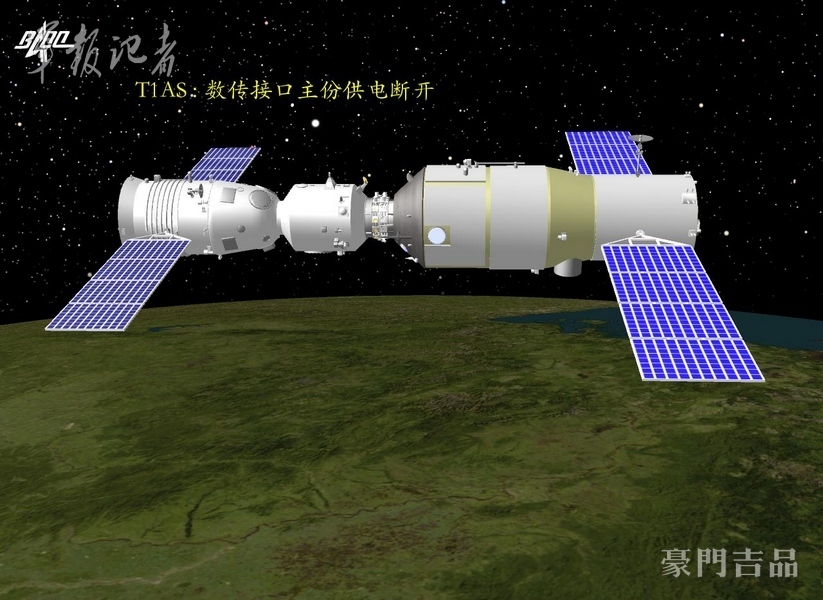 [/img]
[/img]
[img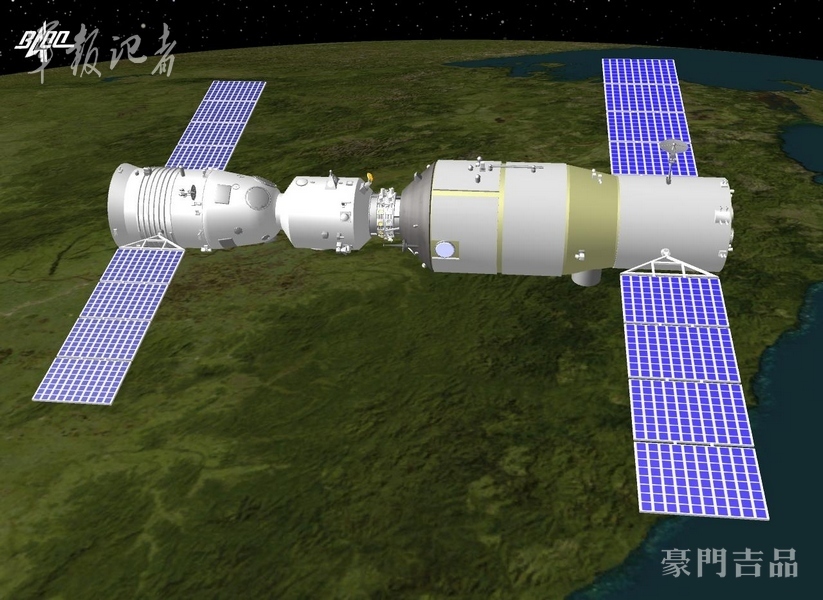 [/img]
[/img]
[img [/img]
[/img]
6月15日,首次载人交会对接任务航天员景海鹏(中)、刘旺(右)和刘洋与记者见面。经天宫一号与神舟九号载人交会对接任务总指挥部研究决定,神九飞船定于16日18时37分发射,飞行乘组由男航天员景海鹏、刘旺和女航天员刘洋组成。新华社记者 王建民 摄
[img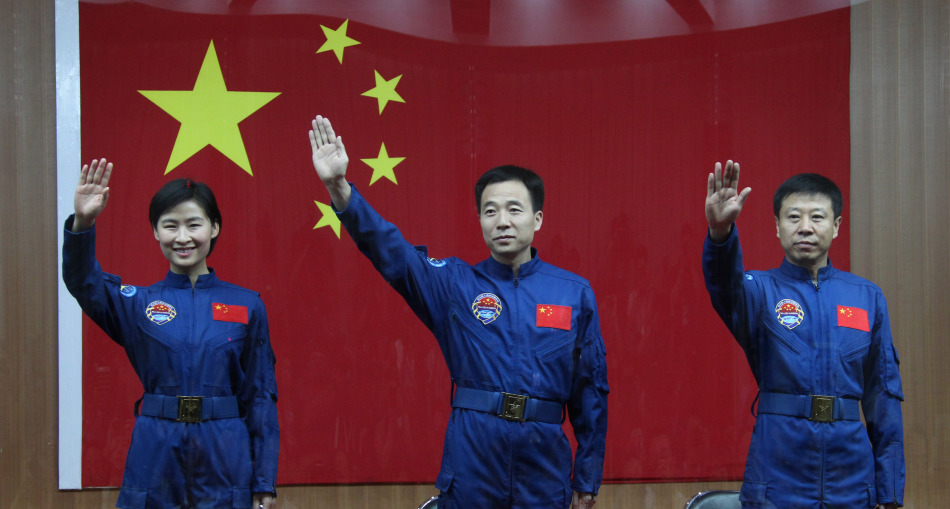 [/img]
[/img]
[img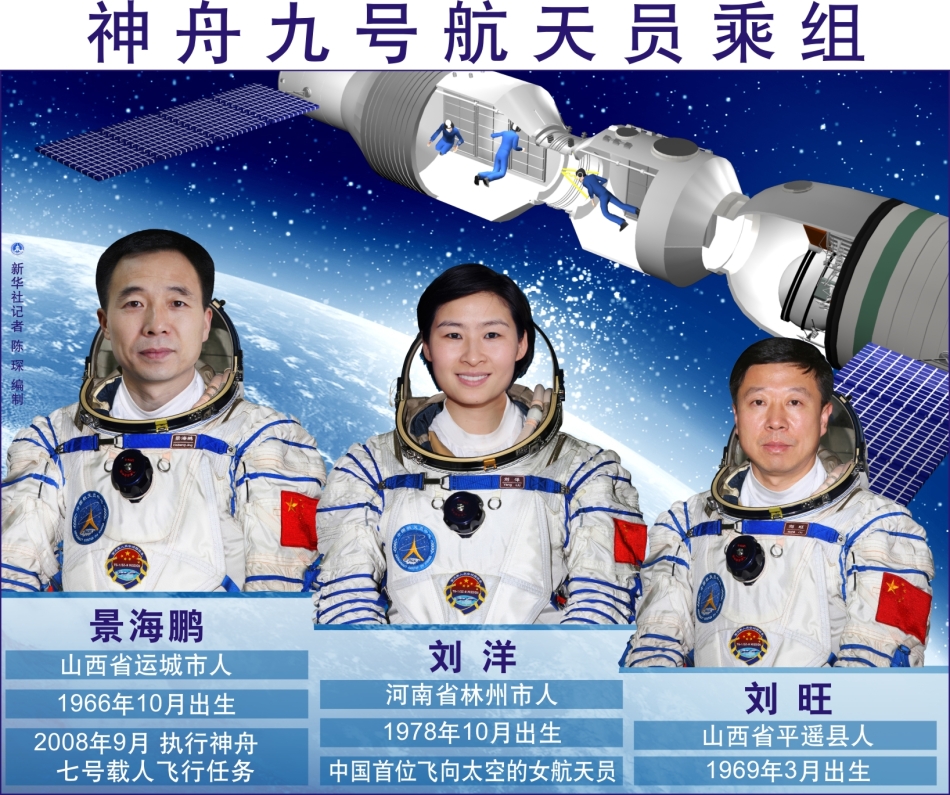 [/img]
[/img]
[img [/img]
[/img]
[img [/img]
[/img]
[img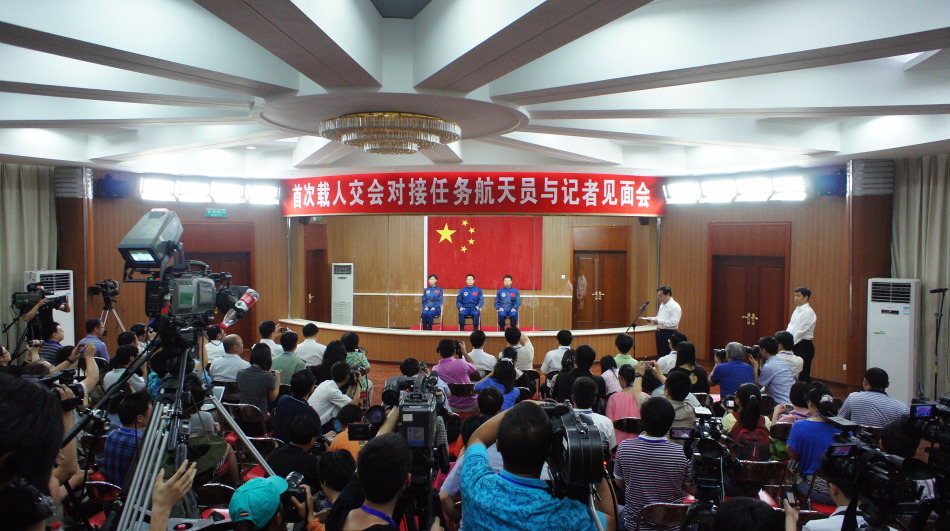 [/img]
[/img]
[img [/img]
[/img]
[img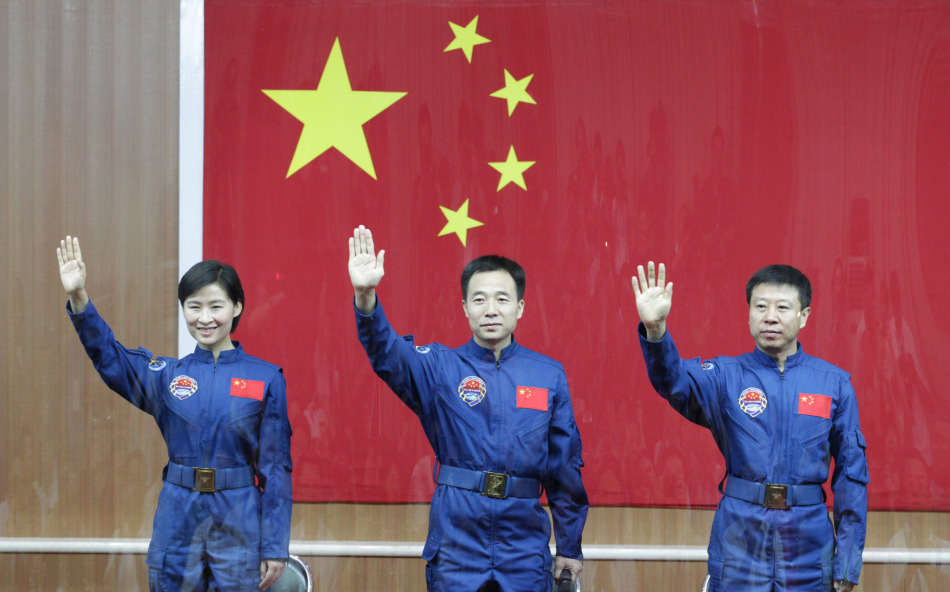 [/img]
[/img]
[img [/img]
[/img]
[img [/img]
[/img]
[img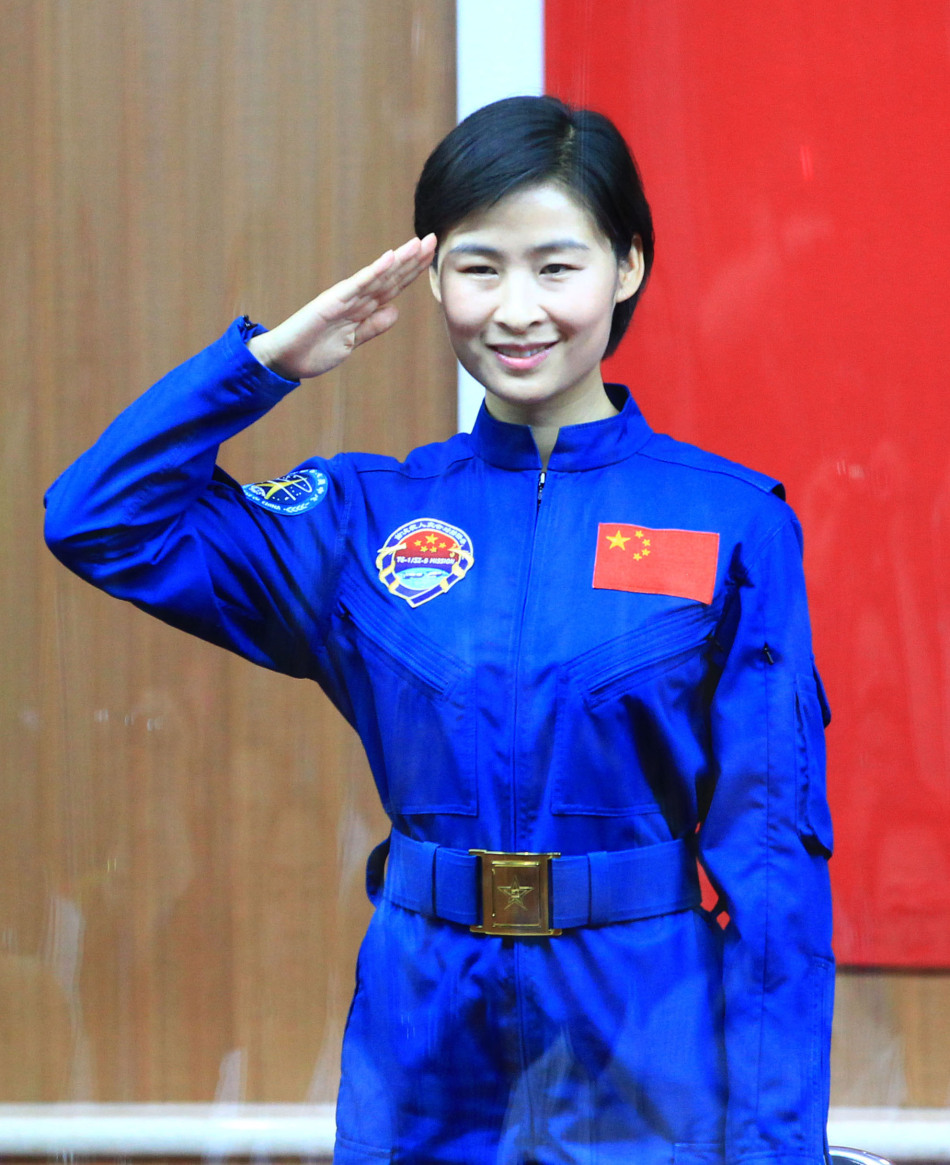 [/img]
[/img]
[img [/img]
[/img]
[img [/img]
[/img]
执行神舟九号航天飞行任务的航天员乘组景海鹏(中)、刘旺(右)、刘洋(左)在模拟返回舱内进行手控交会对接训练。新华社发(秦宪安摄)
[img [/img]
[/img]
[img [/img]
[/img]
[img [/img]
[/img]
[img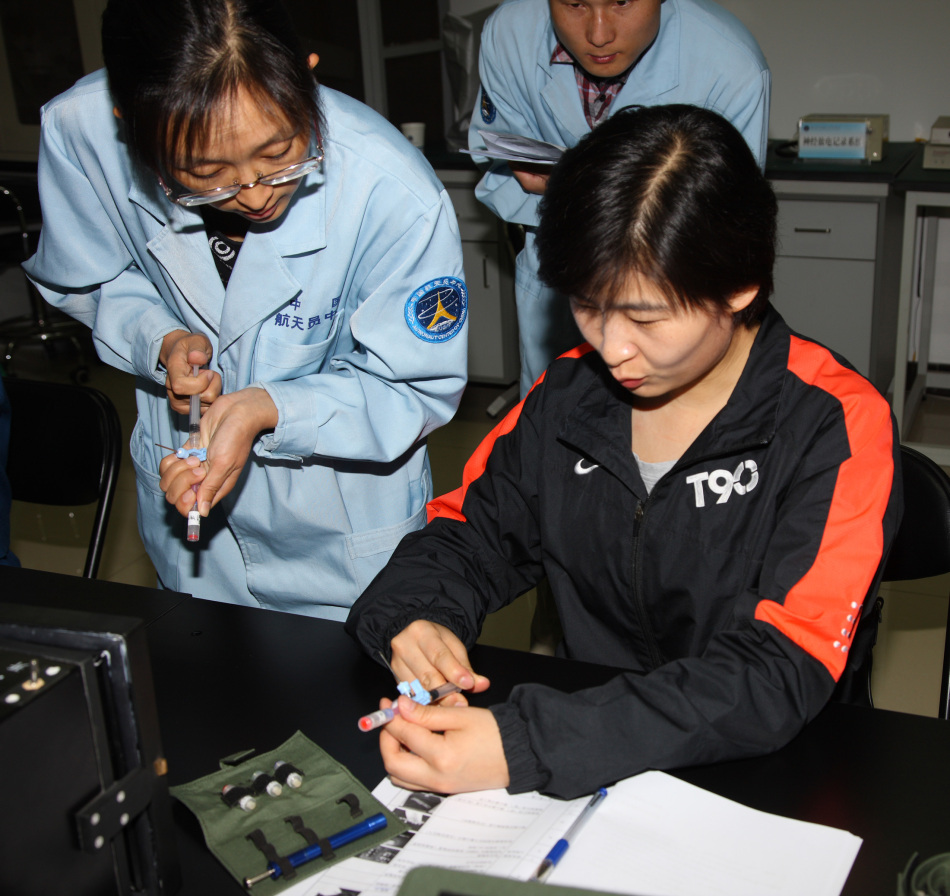 [/img]
[/img]
[img [/img]
[/img]
[img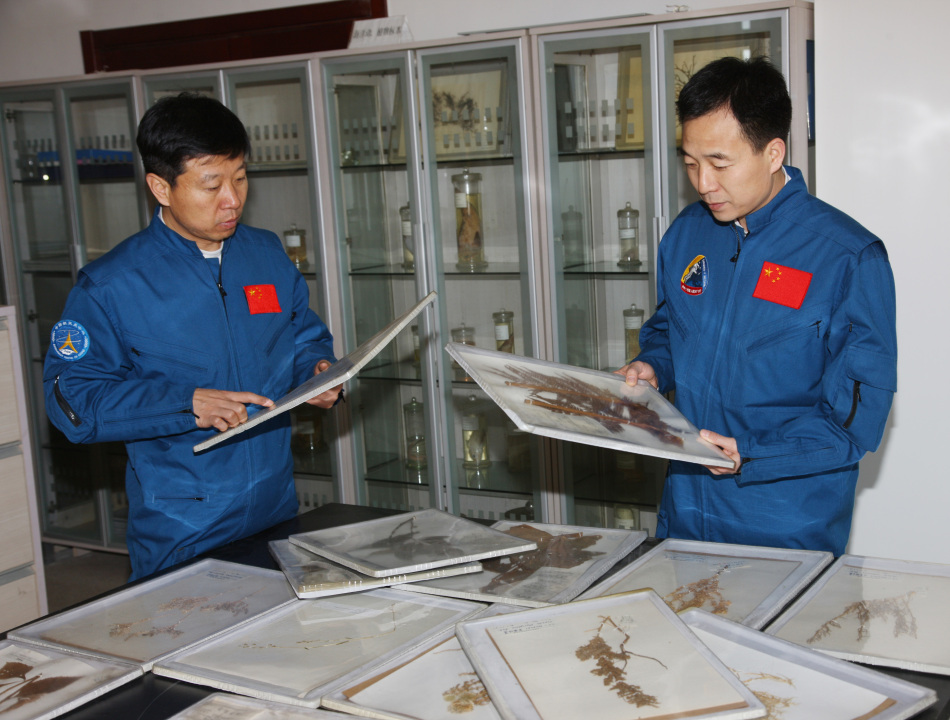 [/img]
[/img]
[img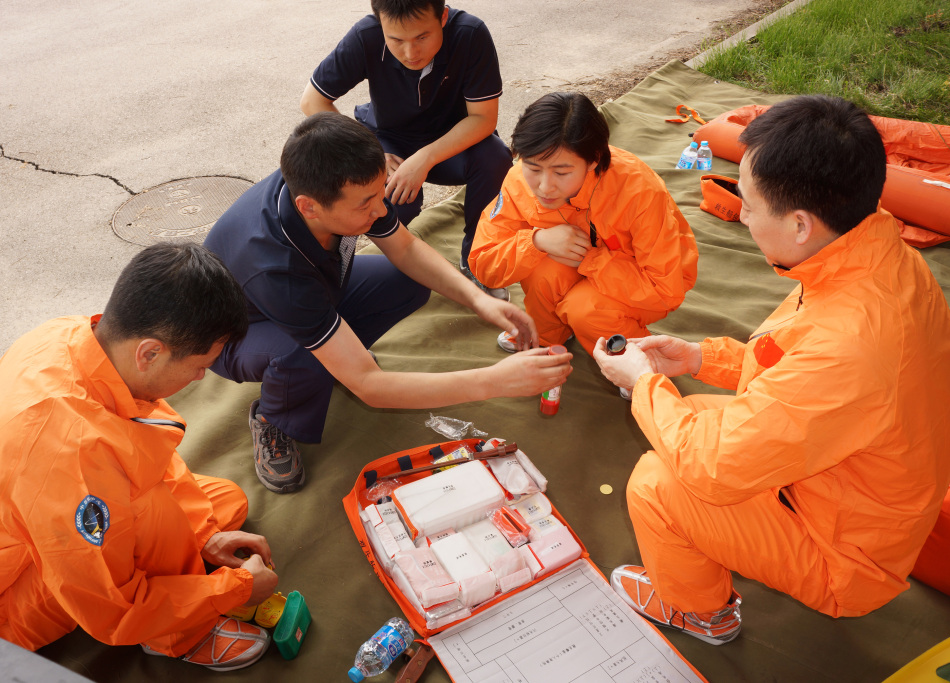 [/img]
[/img]
[img [/img]
[/img]
[img [/img]
[/img]
[img [/img]
[/img]
[img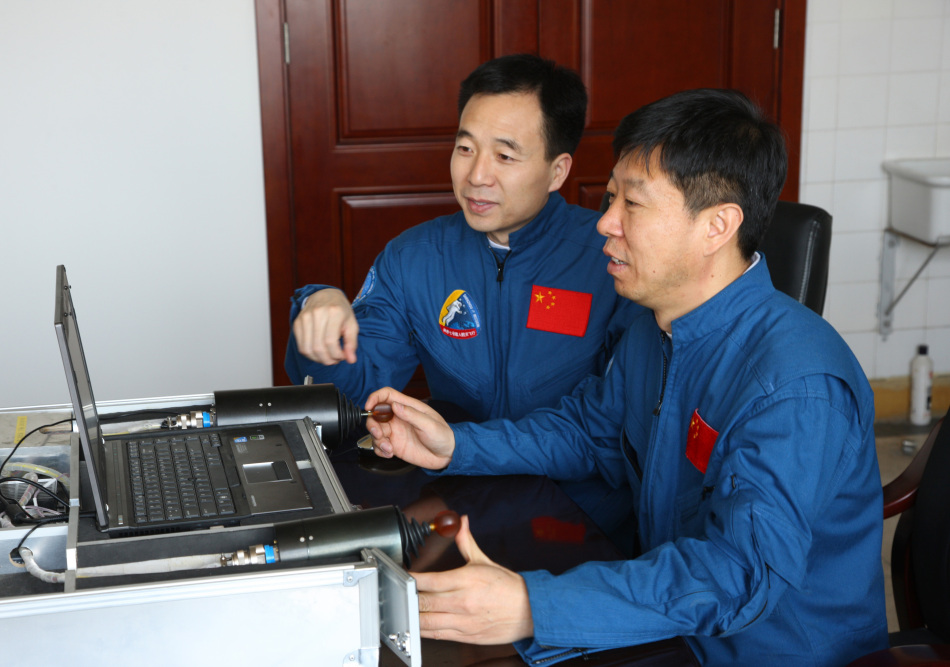 [/img]
[/img]
[img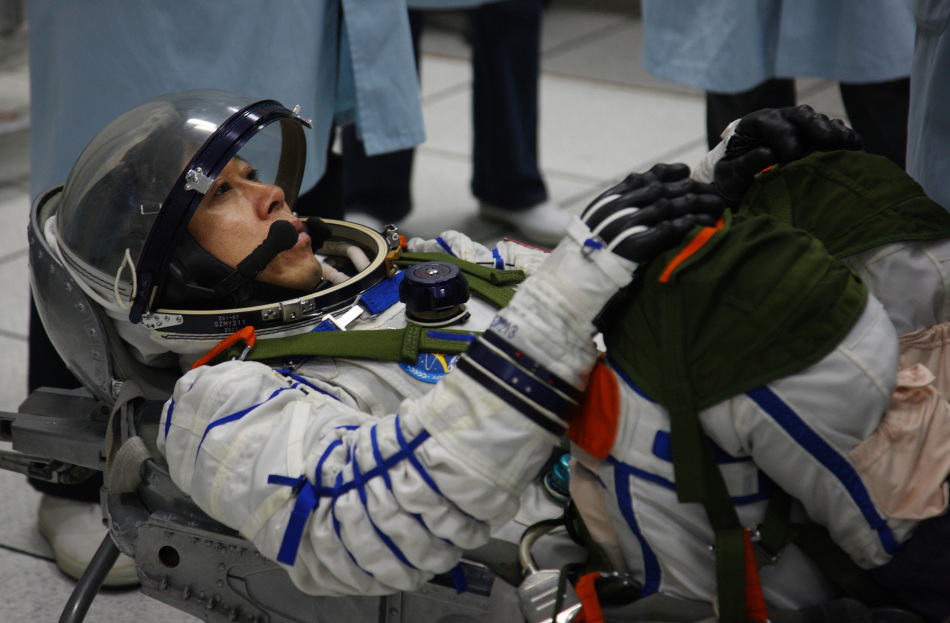 [/img]
[/img]
[img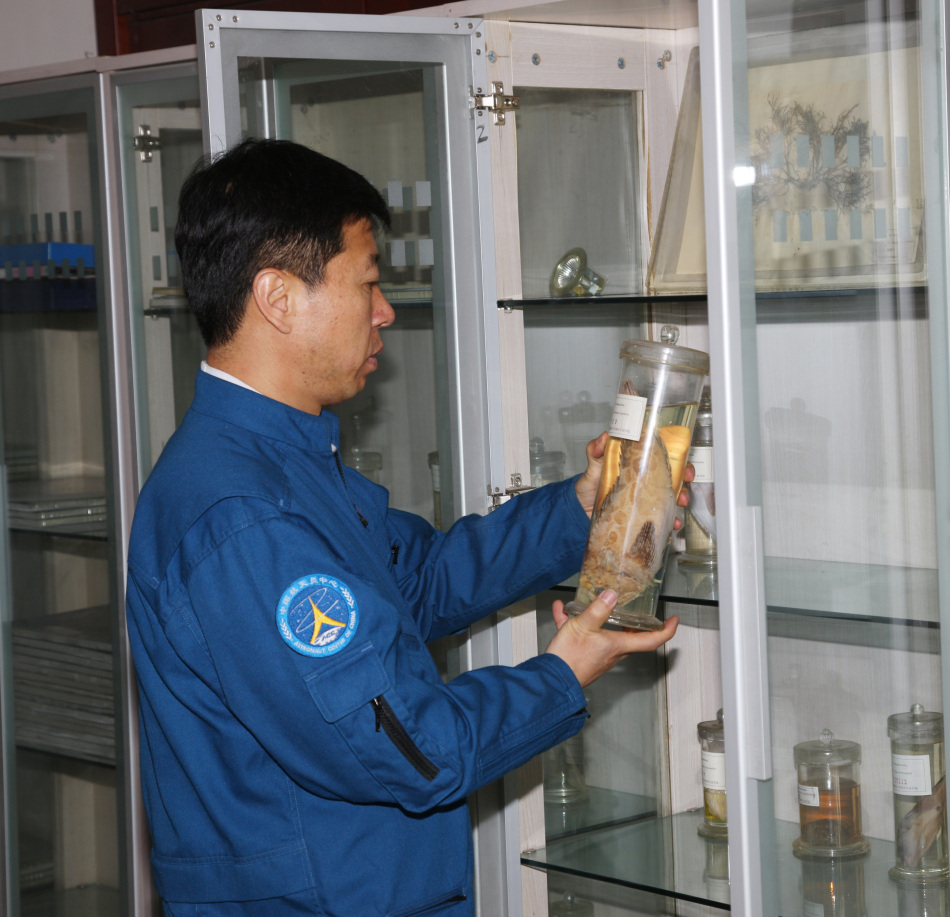 [/img]
[/img]
[img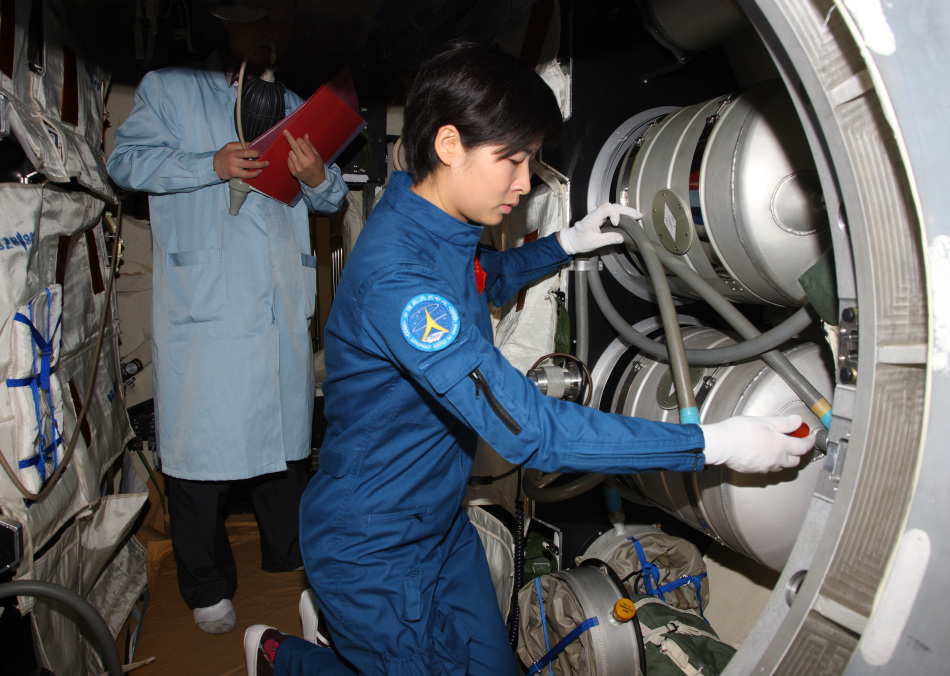 [/img]
[/img]
[img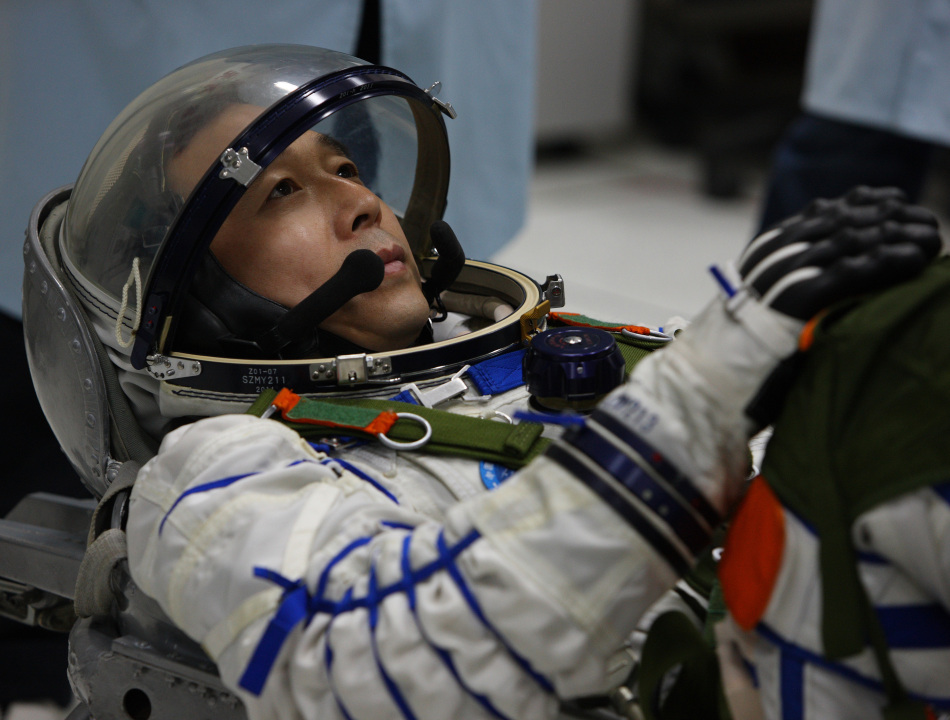 [/img]
[/img]
[img [/img]
[/img]
[img [/img]
[/img]
[img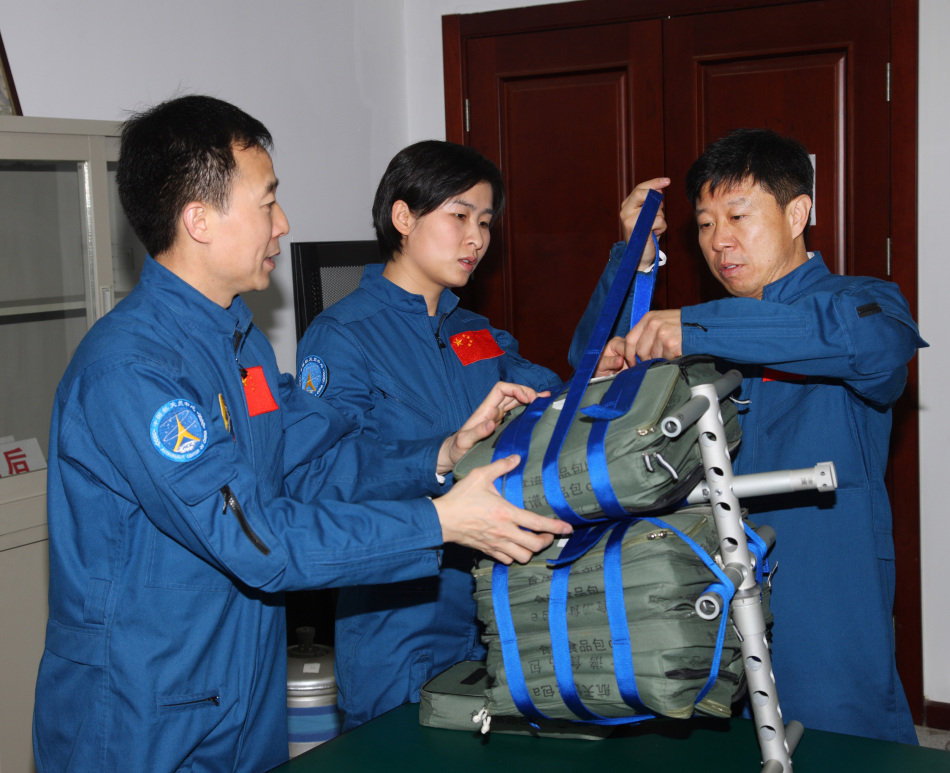 [/img]
[/img]
[img [/img]
[/img]
[img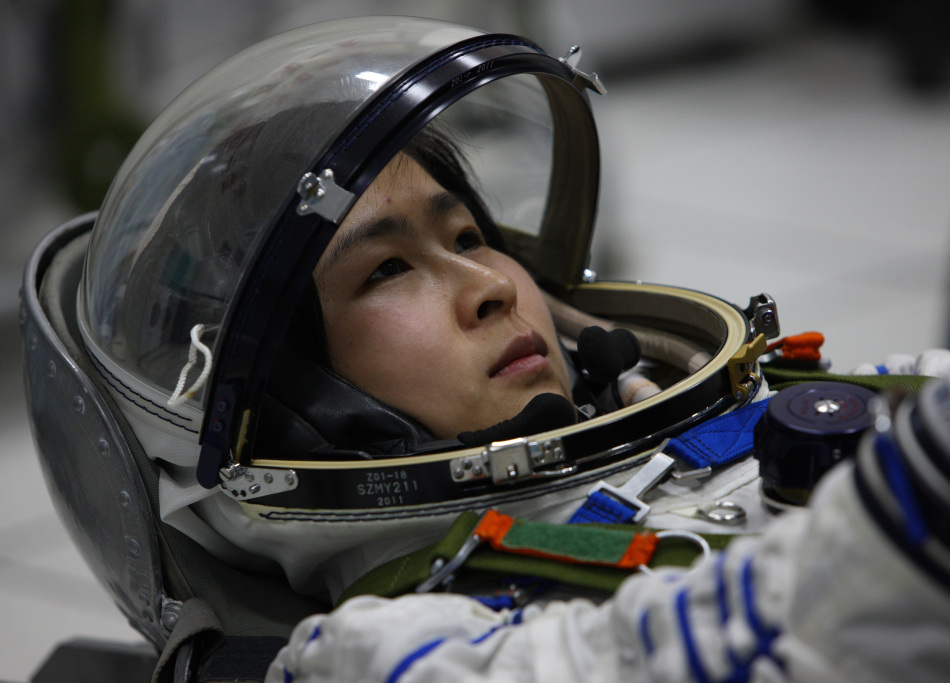 [/img]
[/img]
[img [/img]
[/img]
[img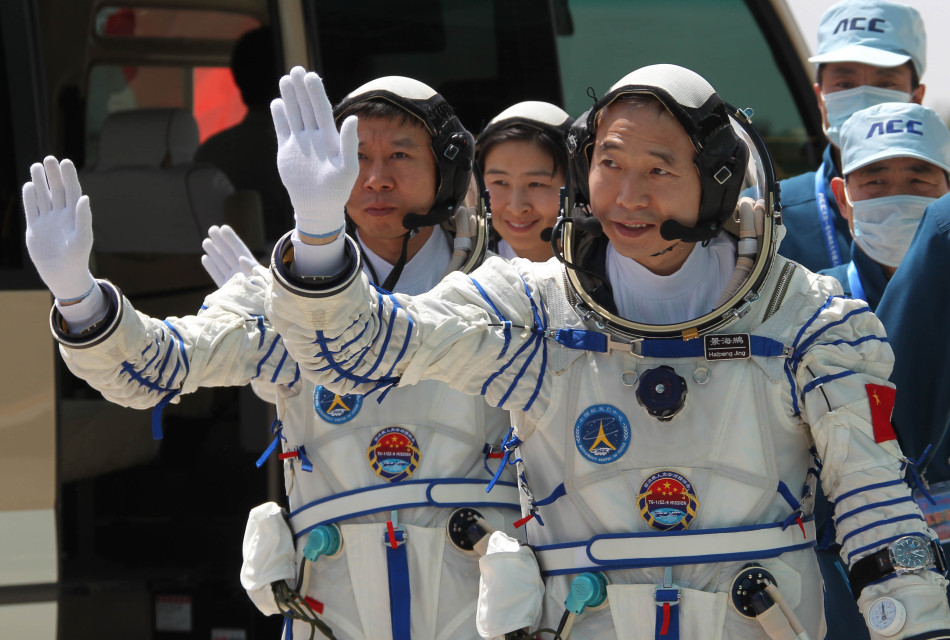 [/img]
[/img]
6月16日,搭载神九飞船的长征二号F遥九火箭在发射塔架上等待发射。经天宫一号与神舟九号载人交会对接任务总指挥部研究决定,神九飞船定于16日18时37分发射。图为发射塔架回转平台逐层打开。新华社记者 李刚 摄
[img [/img]
[/img]
[img [/img]
[/img]
[img [/img]
[/img]
[img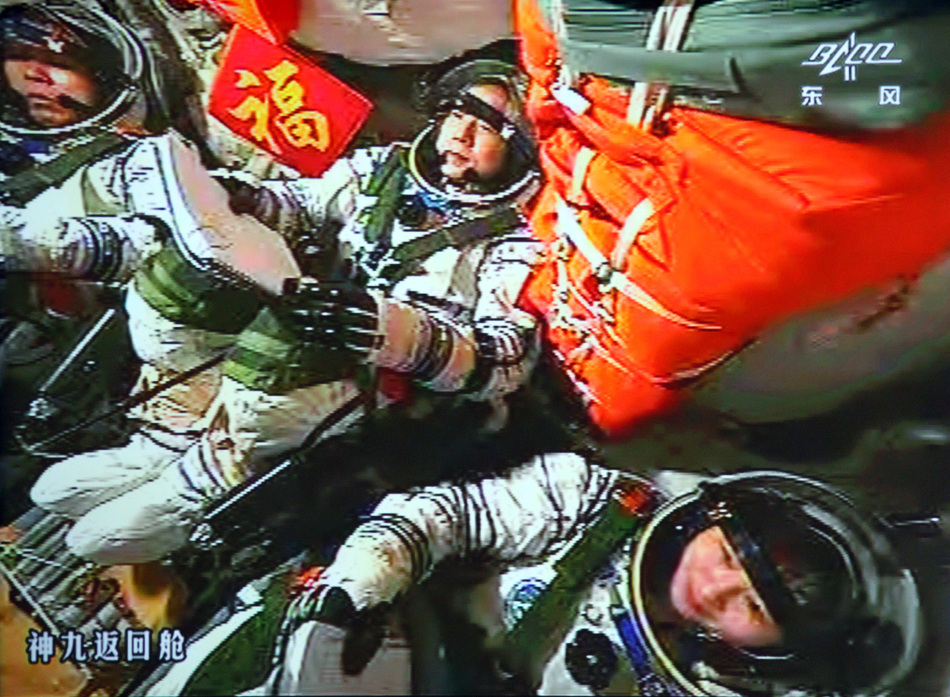 [/img]
[/img]
[img [/img]
[/img]
[img [/img]
[/img]
[img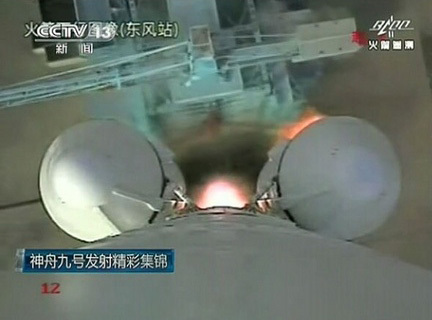 [/img]
[/img]
[img [/img]
[/img]
[img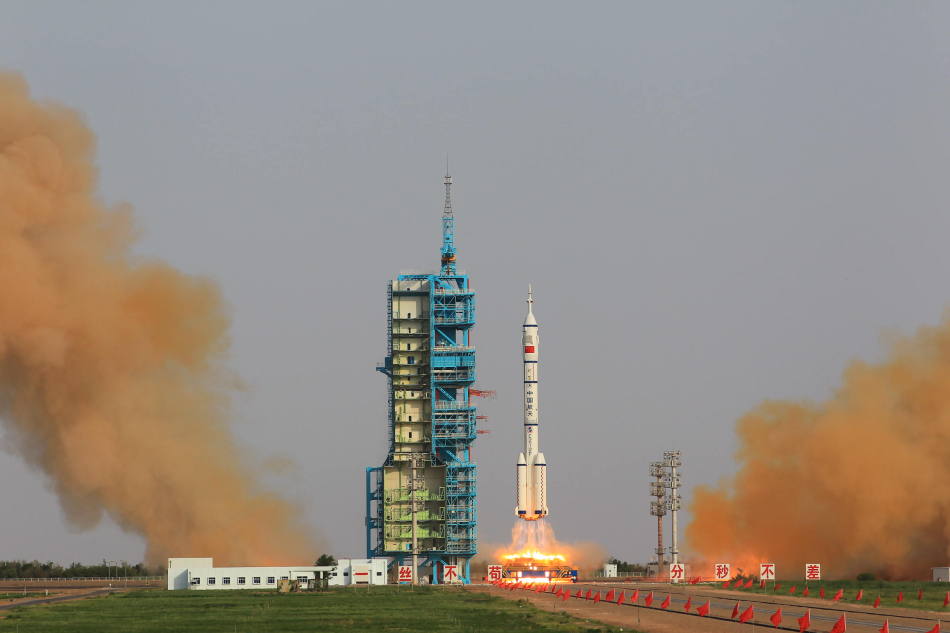 [/img]
[/img]
[img [/img]
[/img]
[img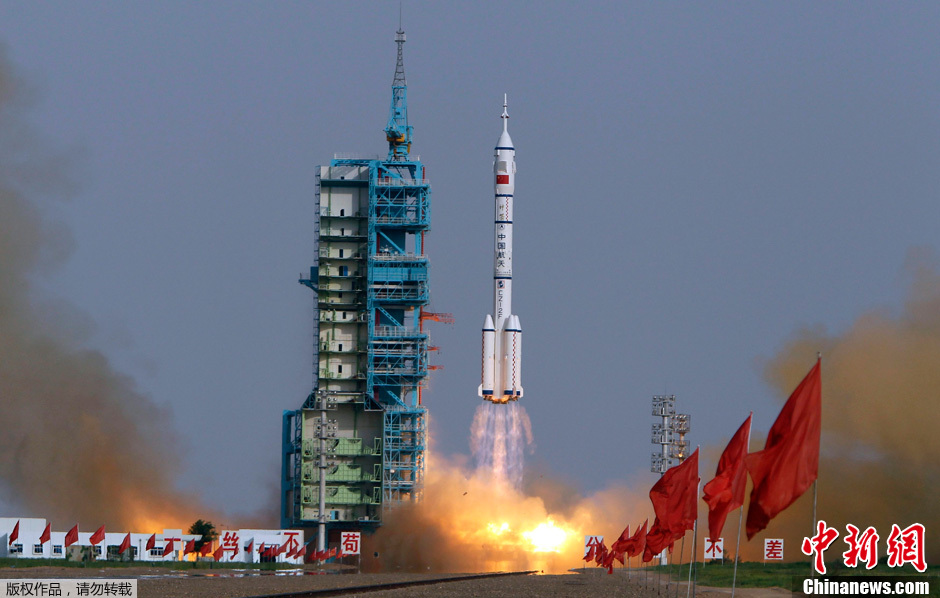 [/img]
[/img]
[img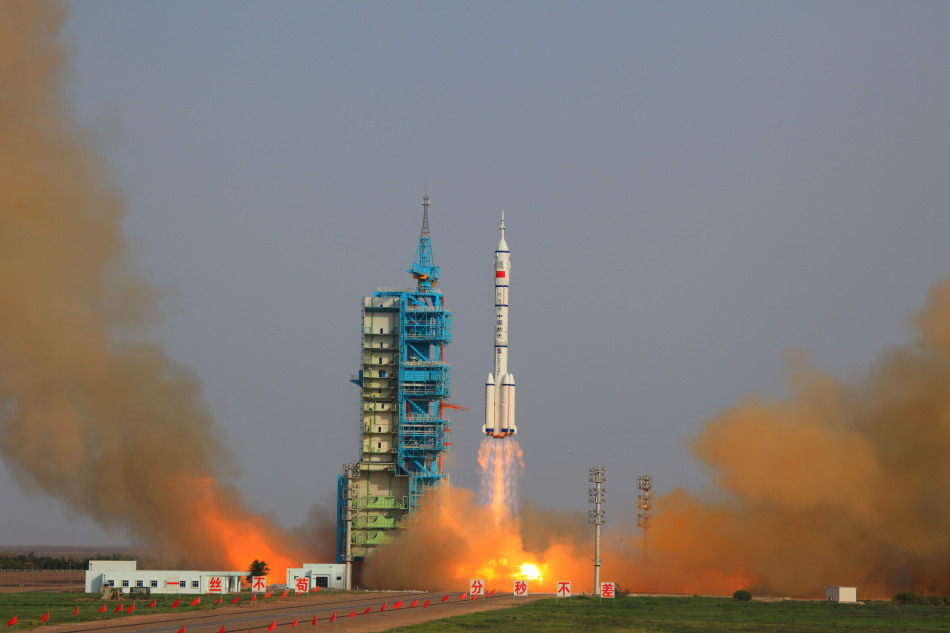 [/img]
[/img]
[img [/img]
[/img]
[img [/img]
[/img]
[img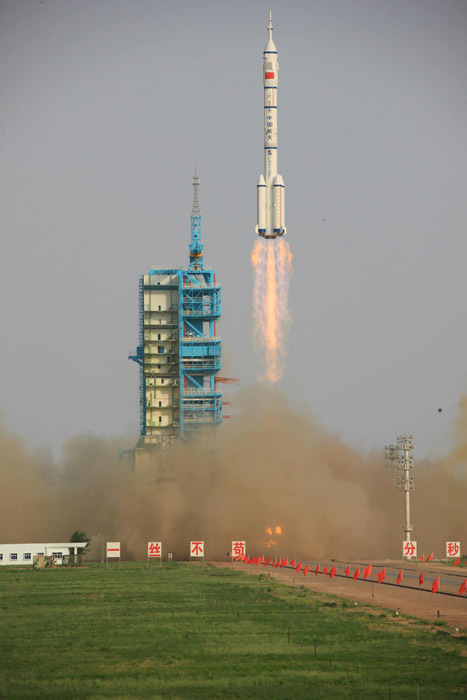 [/img]
[/img]
[img [/img]
[/img]
[img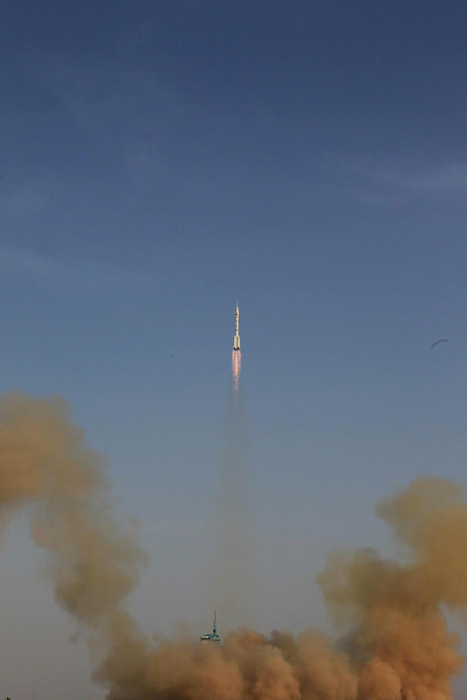 [/img]
[/img]
[img [/img]
[/img]
[img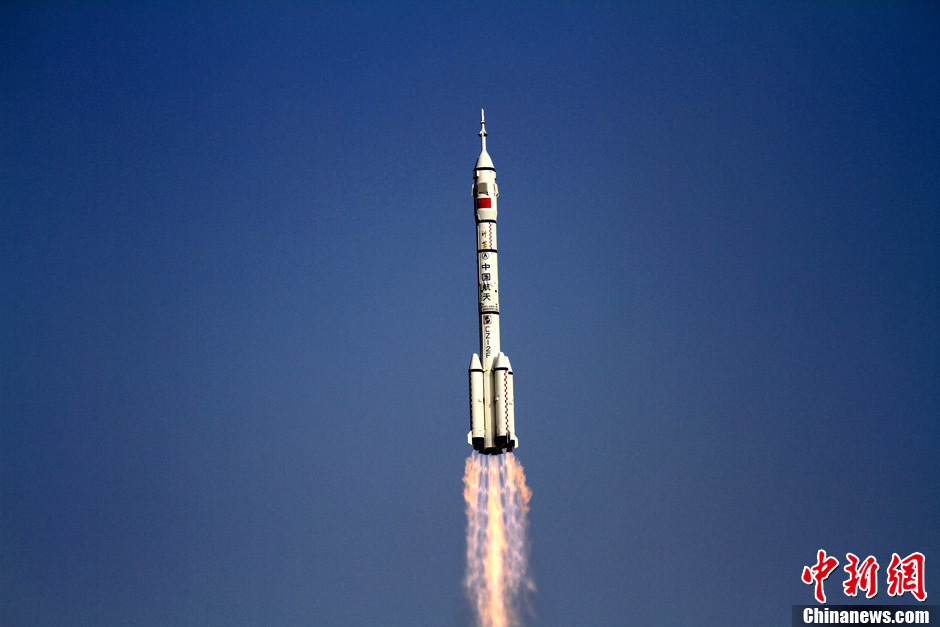 [/img]
[/img]
[img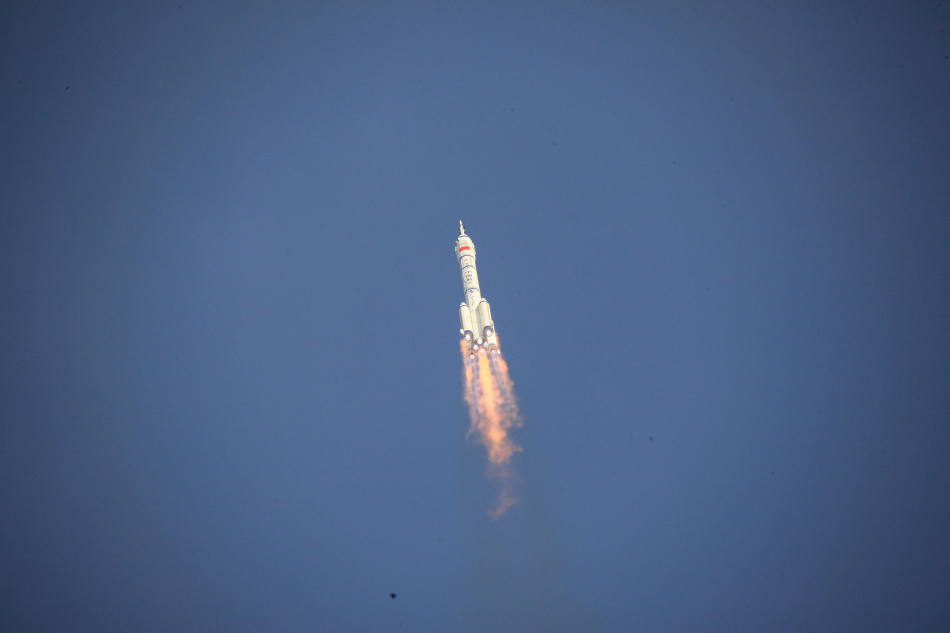 [/img]
[/img]
[img [/img]
[/img]
[img [/img]
[/img]
[img [/img]
[/img]
[img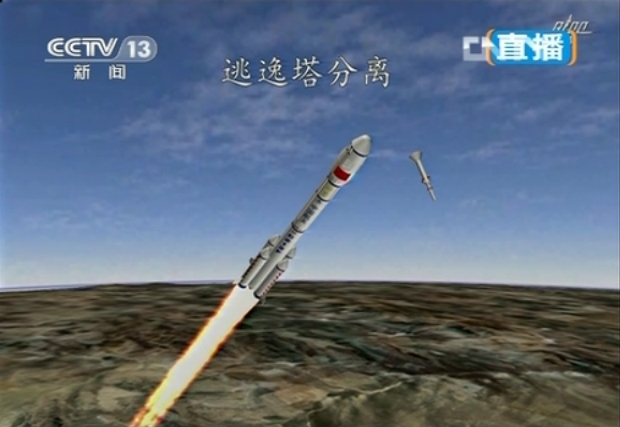 [/img]
[/img]
[img [/img]
[/img]
[img [/img]
[/img]
[img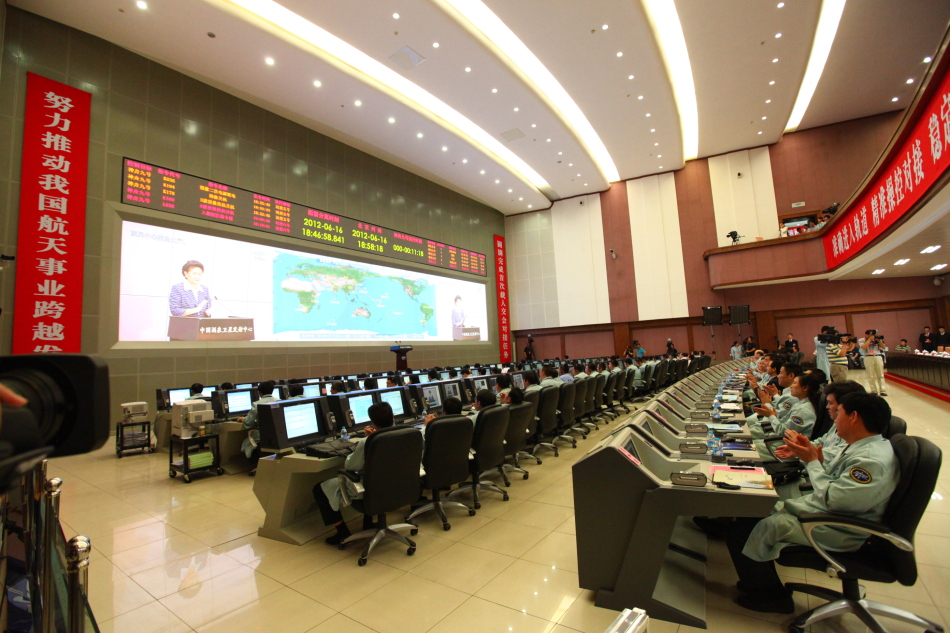 [/img]
[/img]
[img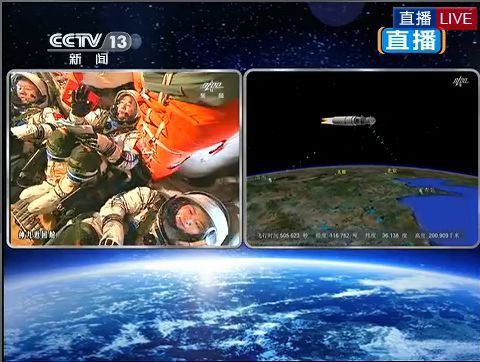 [/img]
[/img]
[img [/img]
[/img]
[img [/img]
[/img]
[img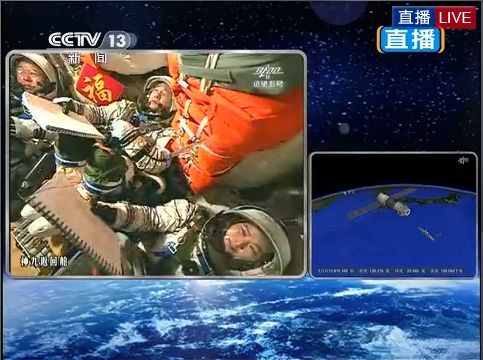 [/img]
[/img]